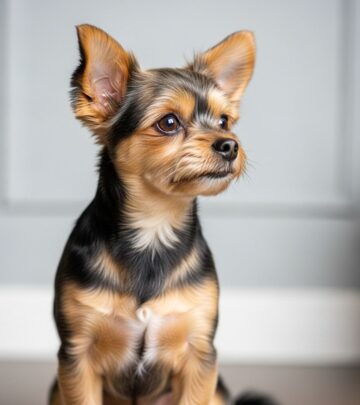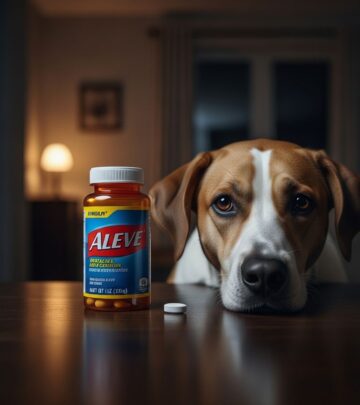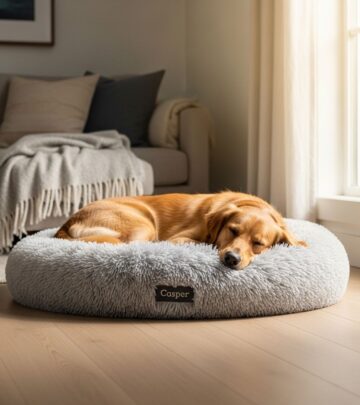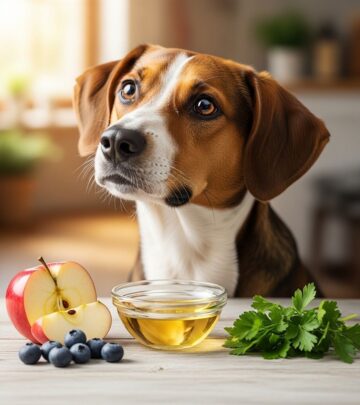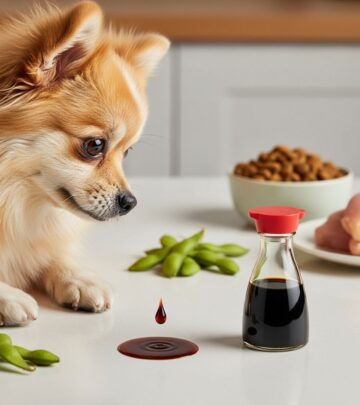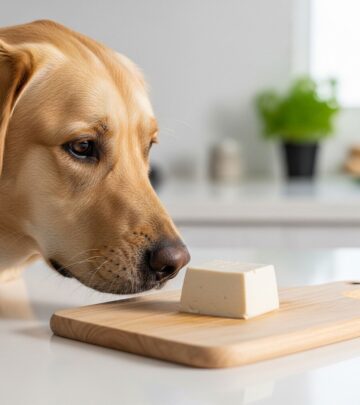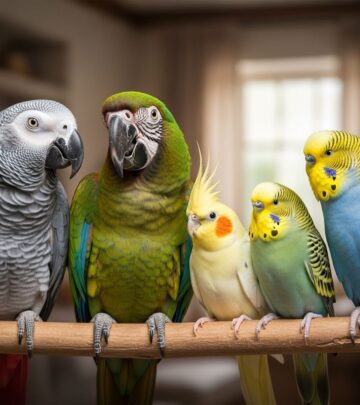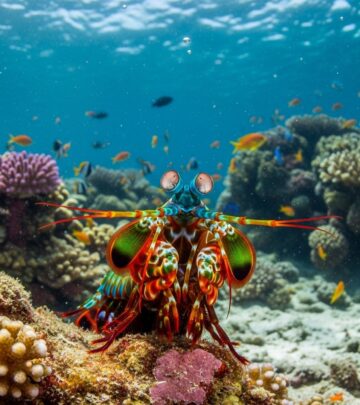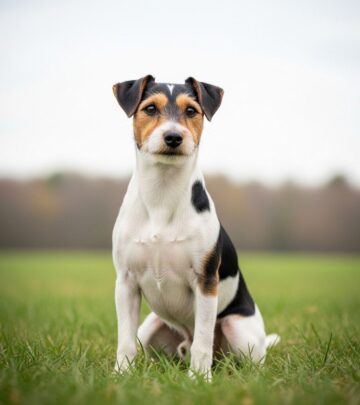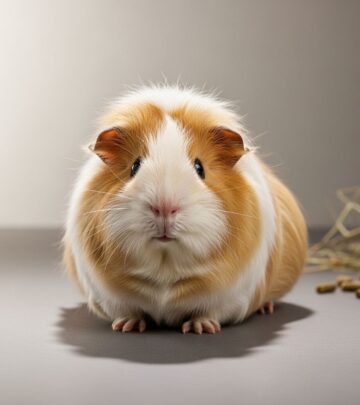Understanding Double-Coated Dog Breeds: Care, Traits, and Top Examples
Regular grooming and appropriate tools tame undercoats and keep fur healthy.
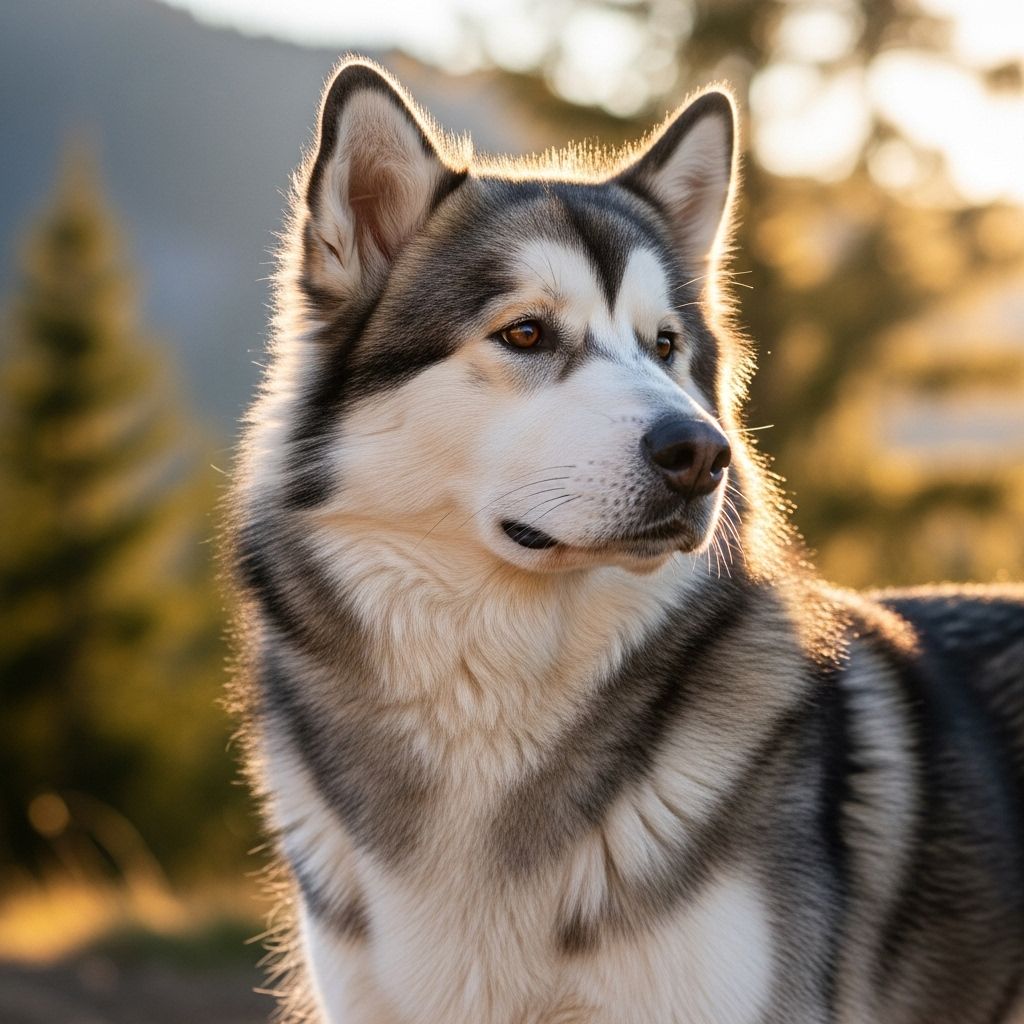
Image: HearthJunction Design Team
Dog coats come in a diverse array of textures and lengths—ranging from short and sleek to curly, wire-haired, or even hairless. Among these, double-coated breeds represent a remarkable category with unique grooming demands and practical characteristics. If you’re considering adding one of these dogs to your family, or want to better care for your faithful companion, a clear understanding of the double coat and its care is vital.
What is a Double-Coated Dog?
A double-coated dog possesses two distinct layers of fur:
- Topcoat (Guard Hairs or Primary Hairs): The outermost layer, featuring longer and coarser hairs designed for protection against water, debris, and UV rays.
- Undercoat (Wool or Secondary Hairs): A shorter, softer, and denser inner layer, usually woolly, which provides insulation—helping keep the dog warm during cold months and surprisingly, cooler during hot seasons by trapping a layer of air near the skin.
The topcoat helps repel moisture and dirt, while the undercoat serves primarily as insulation. The interaction between these two coats enables these breeds to withstand a wide range of environments—from freezing snowfields to blazing summer days. Notably, some dogs have a denser undercoat than others, creating a particularly plush or fluffy appearance. However, this also means more maintenance, especially during seasonal shed cycles when undercoats are released en masse.
How Do Double Coats Function?
Each component of the double coat offers distinct benefits:
- Topcoat: Acts as a shield against moisture, dirt, and environmental hazards; contributes color and texture to the dog’s appearance; features hairs that are more robust and shed less frequently.
- Undercoat: Dense and soft, primarily focused on temperature regulation; tends to shed heavily as seasons change, leading to the infamous “dog blowout” when the undercoat comes out in handfuls.
Double coats evolved as a survival advantage, and are common in breeds that were developed for herding, working in arctic climates, or spending significant time outdoors. As a result, dogs with double coats are often known for their weather resistance and adaptability.
Benefits and Challenges of Double-Coated Breeds
| Benefits | Challenges |
|---|---|
|
|
The Importance of Grooming and Maintenance
Caring for a double-coated breed is both an art and a science. Their grooming needs are greater than single-coated dogs, particularly during seasonal sheds. Here’s what every owner should know:
- Avoid Shaving: Shaving a double-coated dog is rarely recommended. The double coat provides crucial insulation and protection from both cold and heat. Shaving can disturb the delicate cycle of hair growth, risking an uneven regrowth and depriving your dog of its natural defenses.
- Brushing: Regular brushing with the right tools—such as slicker brushes, undercoat rakes, and combs—helps remove dead fur and prevents matting, particularly in areas with thicker undercoats.
- Baths: Occasional baths are beneficial, but over-bathing can strip the coat of critical oils. After baths, thorough drying and brushing will help prevent damp undercoat from matting.
- Professional Grooming: Some owners opt for professional grooming services, especially during peak shedding seasons, to ensure dead undercoats are fully removed.
Popular Double-Coated Dog Breeds
Across dog breeds, double coats are found in various shapes and sizes. Below are some of the most beloved examples, spanning working, herding, and companion breeds:
- Alaskan Malamute: Large, strong-willed, and loyal with a dense, coarse outer layer and soft insulating undercoat. Bred for sledding and cold climates.
- Siberian Husky: Medium to large with energetic personality, friendly nature, and thick double coat with a woolly undercoat. Iconic for their stunning eyes, bred for transport across arctic tundra.
- Golden Retriever: Medium to large, outgoing and intelligent, sporting a long, water-resistant outer coat and dense, shedding undercoat. Loved for their versatility and gentle disposition.
- Labrador Retriever: One of America’s favorite breeds, Labradors have a short, thick topcoat which is water-resistant, and a soft undercoat. Renowned for their intelligence and friendliness.
- Samoyed: Medium to large, playful, and sociable, instantly recognizable for their fluffy white double coat and characteristic “Sammy smile.”
- Shiba Inu: Small to medium, alert and independent, their plush double coats help them brave diverse weather conditions in their native Japan.
- Pomeranian: A toy breed with an oversized double coat, making them look cloud-like. They are bold, lively, and affectionate.
- Shetland Sheepdog (Sheltie): Agile, intelligent, and affectionate, these herding dogs have a long, luxurious double coat offering impressive protection.
- Rough Collie: Known for their striking mane and gentle temperament, their abundant double coat kept them warm while herding sheep in Scotland.
- Australian Shepherd: Lively and clever, with a double coat that can be straight or wavy, tailored for rugged work environments.
Why Do These Breeds Have Double Coats?
Double coats are the product of generations of purposeful breeding for specific environments and work:
- Herding Breeds: Such as Shelties, Collies, and Aussies needed protection against unpredictable weather.
- Sled Dogs & Arctic Breeds: Huskies, Malamutes, Samoyeds, and their smaller relative the Pomeranian, use double coats to stave off extreme cold and ice.
- Working & Sporting Dogs: Labs and Goldens, bred to work in fields, water, and forests, benefit from coats that repel water and shield skin while managing body temperature.
Seasonal Shedding: What to Expect
One hallmark of double-coated breeds is the shedding season, commonly referred to as “blowing coat.” This usually happens once or twice per year—often in spring and/or fall, as the layers change to adapt to new temperatures. Expect dramatic hair loss during these times, sometimes resulting in visible tufts or clumps coming out during grooming or even just petting.
- Daily brushing with an undercoat rake can manage shedding and prevent mat formation.
- Vacuuming your home frequently will help keep fur under control.
- Some owners opt for professional de-shedding treatments to minimize loose hair.
Best Practices for Double-Coated Dog Grooming
- Brush Regularly: At least weekly, but daily during heavy sheds. Focus on trouble spots like the neck, rump, and behind the ears.
- Bathe Sparingly: Only when necessary, as over-bathing can strip oils and damage fur texture.
- Never Shave: The double layer is critical for both temperature regulation and sun protection. Shaving can cause long-term damage and disrupt regrowth.
- Check for Mats: Particularly where the undercoat thickens, as matted fur can lead to skin irritation.
- Use Proper Tools: Combine undercoat rakes, slicker brushes, and dematting combs for best results.
- Monitor Skin and Coat Health: Watch for signs of excessive shedding, bald spots, or dull coat, which could indicate health issues.
FAQ: Double-Coated Dog Breeds
What is the biggest mistake owners make with double-coated dogs?
A: Shaving the coat, especially to “help dogs cool off,” is the most common misconception. Shaving not only strips natural protection but can also result in improper regrowth and reduced ability to regulate body temperature.
Do double-coated dogs require professional grooming?
A: While many owners manage grooming at home, professional grooming is especially helpful during peak shedding, to ensure thorough removal of the undercoat and prevent mats.
How often should I brush my double-coated dog?
A: Weekly brushing may suffice outside shedding seasons, but daily brushing is ideal during heavy sheds to avoid matting and help your dog stay comfortable.
Are double-coated dogs hypoallergenic?
A: No, double-coated breeds are not considered hypoallergenic. Their shedding can release significant dander, which may aggravate allergies.
Can double-coated dogs live in hot climates?
A: Yes, provided their coat is not shaved and they have access to shade and water. The undercoat helps insulate against both heat and cold; proper grooming is essential.
Key Takeaways for Current and Prospective Owners
Double-coated dogs are resilient, beautiful, and come from working and companion backgrounds. Their distinctive coats provide insulation, weather resistance, and a plush texture. However, they also require more involved grooming, and their coats should never be shaved. Commitment to regular brushing and maintenance ensures both their comfort and your peace of mind. Embrace the fluff—and the extra vacuuming—and you’ll enjoy the many joys these companion breeds have to offer.
- Research your dog’s specific coat type and needs before adopting.
- Invest in high-quality grooming tools suited to double coats.
- Consult with breeders or professional groomers about best practices for your specific breed.
- Regular veterinary check-ups can help catch any coat or skin disorders early.
With informed care, your double-coated companion can enjoy robust health, comfort, and the full glory of their lush fur—no matter the season.
References
- https://cleanclubgrooming.com/double-coated-dog-breeds-characteristics-care-and-a-comprehensive-list/
- https://www.dutch.com/blogs/dogs/double-coated-dog-breeds
- https://www.akc.org/expert-advice/dog-breeds/double-coated-dog-breeds/
- https://www.pets4homes.co.uk/pet-advice/dog-breeds-with-double-coats.html
- https://www.k9000dogwash.com/everything-you-need-to-know-about-double-coated-dogs/
Read full bio of Anjali Sayee

